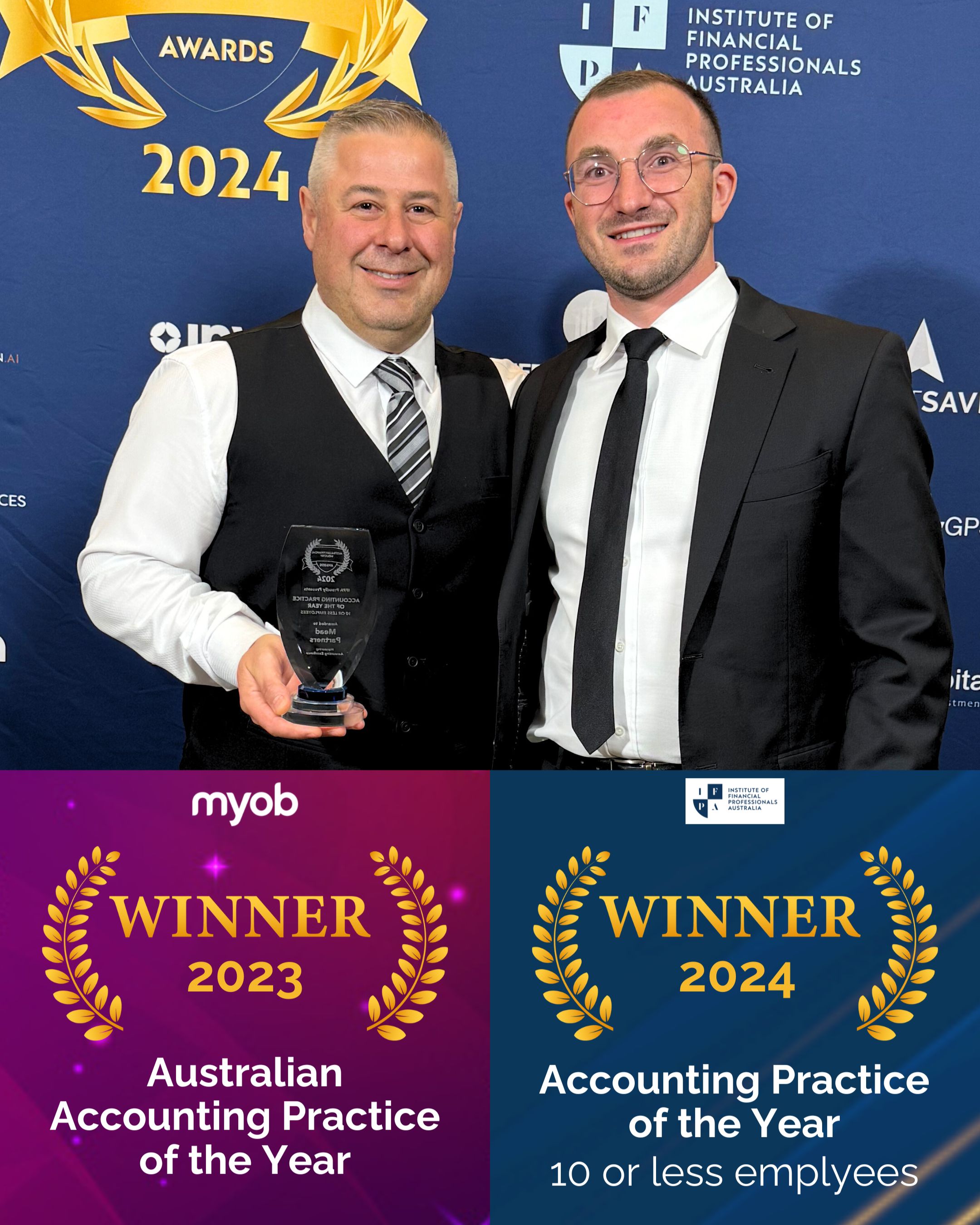
Book a Free Consultation!
✅Builders CFO Program
✅Business Improvement Program
✅Taxation Advice


Common pitfalls to avoid and tips to create an effective business budget
Budgets. For numbers people, putting one together can be a real joy. But for many business owners, it can be just another task on the business admin list. Especially when it’s too hard to follow.
However, budgets can be a simple way to drive business growth, maximise efficiencies, and support your business goals. Most importantly, it can help you make informed decisions for the year ahead.
To help you create a more effective business budget, here are five common mistakes to watch for and five budgeting tips to set you up for success.
Five common mistakes and pitfalls
1. Underestimating your expenses
From cash flow issues and reduced profitability to increased financial stress, underestimating your expenses can put your business at serious risk.
Understanding your expenses not only helps you ensure you’ve got enough money coming in to cover them, it also helps know where cuts can be made and where potential savings can be unlocked.
However, you can’t do this if you don’t have all the pieces to the expense puzzle. This is where tracking your spending, expense reporting and meeting regularly with your accountant or business advisor is key.
2. Overestimating revenue
Having a revenue target in mind is great, but is it based on real projections or just a pie-in-the-sky number that looks good on paper?
Overestimating your revenue is more than simply setting yourself an unrealistic target. You could be making business decisions, investments and financial commitments based on revenue you don’t (or won’t) have.
To create realistic revenue projections in your budget:
- Be as accurate as possible
- Use sales and revenue data to shape them
- Review your estimates regularly
- Be conservative with revenue growth targets
- Take seasonal revenue trends into account
- Understand how much of your revenue is gross profit
3. Failing to account for seasonality
When is your slowest period of the year? If you’re closing over Christmas, how are you going to cover expenses for the period?
By understanding seasonal and industry trends, you can put strategies in place to counter their impact. This could be generating more revenue during peak months to get you through the slower seasons, negotiating payment terms with suppliers to avoid big expenses falling into down periods, or reducing spending during quieter months.
4. Not having contingency plans in place
No matter how much you plan or budget, there will always be expenses that come up out of the blue or an emergency you have to deal with.
By putting contingency plans and funds in place, you can easily cover unexpected expenses without breaking the bank or going into debt. It also gives you more flexibility with your budget as you can use money from your contingency fund to cover unexpected costs without dipping into money set aside for future expenses or your longer-term savings.
This doesn’t mean putting aside mass amounts of money. By starting small, you can simply build up a contingency fund over time.
5. Poor cash flow planning
As well as impacting the accuracy of your budget, poor cash flow planning can have more serious implications. From not being able to pay suppliers on time to being short on wages and going into debt. It can also eat into your profits.
Having a cash flow plan in place helps you understand where (and when) money will be coming in, creating a budget that supports better cash flow and management.
5 tips to create an effective budget
1. Set (realistic) spending goals
When setting your spending goals for the year, consider not only your expenses but also your income and business goals. This ensures you’re spending where it matters and inline with your business objectives.
To create realistic spending goals, make sure they are SMART:
S = Specific
M = Measurable
A = Achievable
R = Relevant
T = Time bound
- Be specific: Include specific details and make sure what you want to achieve is not open to interpretation.
- Be measurable: Track your process and put reporting in place to easily measure your progress.
- Set achievable goals: Start small and use data and insights to create realistic targets.
- Make them relevant: Ensure they are relevant to and supporting your business goals.
- Ensure they’re time bound: Give yourself a deadline. This keeps you motivated and on track.
Not sure how to create spending goals? Our business advisory team can help create spending goals to align with key business outcomes.
2. Review your budget regularly (and be flexible)
The unexpected happens, no matter how careful you are. By regularly reviewing your budget and being flexible, you’ll be able to handle these unexpected moments as well as identify pitfalls faster.
It also helps you be more prepared for unexpected economic and industry impacts and changing business needs, enabling you to adapt your budget to minimise financial impacts.
To help keep you on track, we recommend regularly reviewing as part of your monthly or quarterly check-in with your accountant or business advisor.
3. Leverage historical data and trends
Your financial data can hold a wealth of information for your budget. It can identify seasonal trends, help you identify cost savings, as well as provide insight into what (and how much) you need to include in your budget.
By identifying financial trends, you can better manage your cash flow and set realistic revenue and spending goals.
However, sometimes these down trends might not be obvious. This is where gathering insights or working with your business advisor is essentail. Together you can uncover seasonal trends and build in contingencies (and funding) to support these fluctuating periods.
4. Track your spending
If you don’t know where you’re spending, you won’t be able to create an accurate budget. As well as accounting for current expenses, you also need to factor in future expected costs and any financial investments you may need to make to support your business goals.
It also allows your business advisor to provide more insights and detailed reporting to help you adapt your budget as your needs change and make more informed decisions. It also makes tax time a whole lot easier.
5. Project your cash flow
To get an accurate picture of what money is going in and out of your business, a cash flow plan is essential and provides insight into:
- Sales and income
- Payments to suppliers
- Wages and superannuation
- Bills and expenses
Using data, seasonal trend reporting and financial insights, you can project your cash flow for the year ahead. In turn, creating a more accurate budget – especially when it comes to revenue and expenses.
But cash flow projections shouldn’t just be for budgeting purposes. By continuously reviewing projections and regularly monitoring cash flow with your business advisor or accountant, you can identify any potential cash flow challenges ahead of time.

Send To Someone